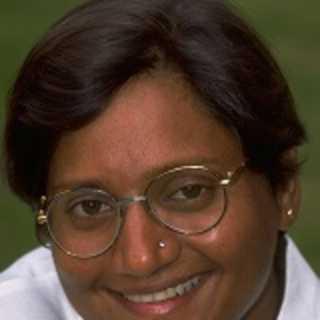- Advertisement -
In an era when women’s cricket in India was still fighting for recognition and basic facilities, Purnima Rau’s journey stands as a testament to perseverance and passion. From the struggle to find space in overcrowded trains to the unconventional remedies like applying mud on injuries, Rau’s recollections paint a vivid picture of the challenges faced by women cricketers in the 1990s. As the sport continues to gain prominence today, her story sheds light on the grit and determination that shaped the pioneers of women’s cricket in India.
Challenges Faced by Women Cricketers in the 1990s Highlighted by Purnima Rau
In the 1990s, women cricketers in India like Purnima Rau navigated a playing field riddled with challenges that went far beyond the boundaries of the cricket pitch. Basic facilities that are now standard were luxuries then-players often had to juggle long, uncomfortable journeys in overcrowded trains just to reach venues. The lack of dedicated support staff meant injured players had to improvise, with Rau recalling how she once had mud applied on her wounds to keep playing. These conditions underscored the uphill battle for recognition and respect in a sport dominated by male counterparts and limited resources.
The struggles extended to societal and institutional hurdles where women faced limited access to training equipment, sponsorship, and media coverage. Crucial elements of professional sports, such as physiotherapy and quality nutrition, were almost nonexistent for women athletes. The table below summarizes some of the key challenges Rau highlighted that shaped the women’s cricketing experience at the time:
| Challenge | Impact on Players | ||||||||||||||||||||||||||||||||||
|---|---|---|---|---|---|---|---|---|---|---|---|---|---|---|---|---|---|---|---|---|---|---|---|---|---|---|---|---|---|---|---|---|---|---|---|
| Travel Difficulties | Long, exhausting journeys; lack of comfort and rest | ||||||||||||||||||||||||||||||||||
| Medical Support | Inadequate injury treatment; reliance on makeshift remedies | ||||||||||||||||||||||||||||||||||
| Resource Scarcity | Limited training gear and practice time | ||||||||||||||||||||||||||||||||||
| Financial Constraints |
In the 1990s, women cricketers in India like Purnima Rau navigated a playing field riddled with challenges that went far beyond the boundaries of the cricket pitch. Basic facilities that are now standard were luxuries then-players often had to juggle long, uncomfortable journeys in overcrowded trains just to reach venues. The lack of dedicated support staff meant injured players had to improvise, with Rau recalling how she once had mud applied on her wounds to keep playing. These conditions underscored the uphill battle for recognition and respect in a sport dominated by male counterparts and limited resources. The struggles extended to societal and institutional hurdles where women faced limited access to training equipment, sponsorship, and media coverage. Crucial elements of professional sports, such as physiotherapy and quality nutrition, were almost nonexistent for women athletes. The table below summarizes some of the key challenges Rau highlighted that shaped the women’s cricketing experience at the time:
|


